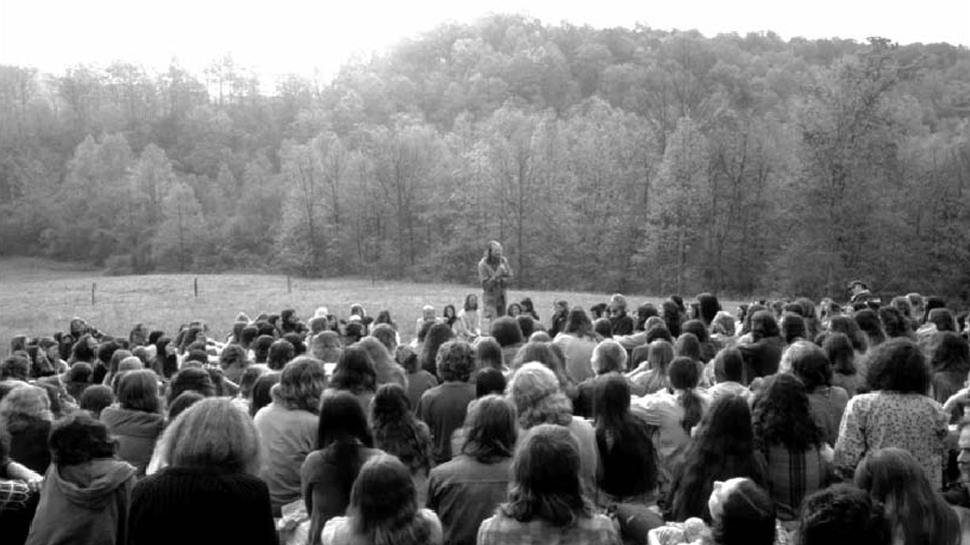No Looking After the Internet is a monthly “looking group” that invites participants to look at a photograph (or series of photographs) they are unfamiliar with, and “read” the image out-loud together. Chosen in relation to an exhibition, an artist’s body of work, or an ongoing research project, the looking group will focus on difficult images that present a challenge to practices of looking. If these images ask the viewer to occupy the position of the witness, No Looking offers the space and time to look at these photographs in detail: to return to these difficult scenes in another context where we can look at them slowly and unpack our responses to the image.
Premised on the idea that we don’t always trust our interpretive abilities as viewers, the aim of No Looking is to examine the differences between witnessing and looking. How does a slower form of looking allow us to be self-reflexive about our role as spectators? How do we look at these images differently when we interpret them with a community of others?
No Looking takes its inspiration and name from No Reading After the Internet, an out-loud reading and discussion group facilitated by cheyanne turions and Alexander Muir that meets regularly in Toronto and Vancouver (http://noreadingaftertheinternet.wordpress.com/).
Deanna Bowen’s Invisible Empires
Monday, January 28
7:30 pm
Gallery TPW R&D
(1256 Dundas St. W.)
In response to Deanna Bowen’s solo exhibition, Invisible Empires, at the Art Gallery of York University (AGYU), the first meeting of No Looking will place archival images of racial violence in dialogue with Bowen’s installation.
As the AGYU notes:
Invisible Empires presents a view on the Ku Klux Klan both during the American Civil Rights Movement era and its century-long history in Canada. The long-standing research stems from Toronto artist Deanna Bowen’s inquiry into her own ancestry of Black pioneers who emigrated from Oklahoma to northern Alberta in the early 20th century, research that previously has formed the basis of her autobiographical approach. Her autobiographical approach and archival investigations, though, deviate in this exhibition. Documents no longer serve the purpose of memorializing a traumatic past experience by means of an empathetic act of witnessing in the present, working through the traumatic archives of memory. Instead she “crosses the line” into enemy territory by working with an “archive” of Klan material. Furthermore, she “crosses the line” in what is expected or permitted of a Black artist by, in effect, reversing her area of concern from Black Studies to White Studies.










